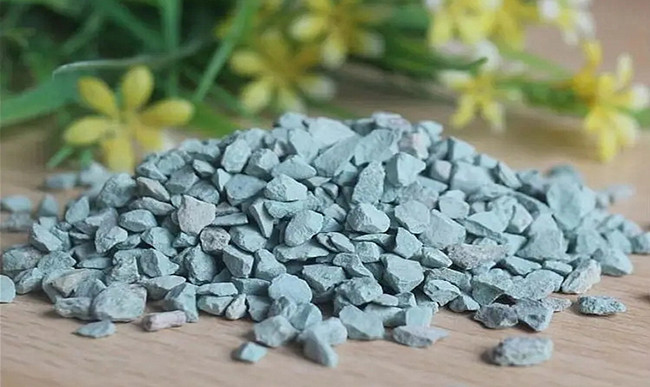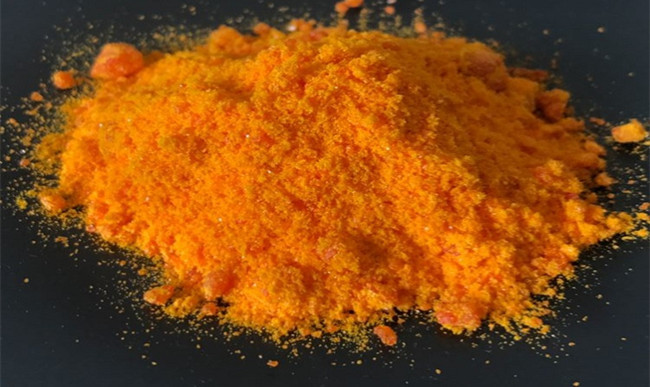Jul 21, 2021
The development of quaternary ammonium salt pesticides has gone through at least seven generations. The first-generation product is alkyl dimethyl benzyl ammonium chloride, with optimal fungicidal effect achieved when the alkyl chain length is C12-C16. The second-generation product is a derivative of the first generation, which can be obtained through substitution reactions on the benzene ring or the quaternary nitrogen. The third-generation product is dialkyl dimethyl ammonium chloride, which has improved synthesis process and production costs compared to the previous two generations, and exhibits strong bactericidal ability against Gram-negative bacteria.
The fourth-generation product is a mixture of the first and third generations, with 4 to 20 times higher fungicidal effect than the previous three generations. It has strong anti-interference ability, low toxicity, and a lower price. The fifth-generation product is a diquaternary ammonium salt containing two nitrogen atoms, characterized by excellent fungicidal effect, low toxicity, good water solubility, and broad biological activity.
The sixth-generation product is polymeric quaternary ammonium salt, which has even lower toxicity and a milder bactericidal action, making it more valuable for medical applications such as disinfection of contact lenses and personal care products.
The seventh-generation product is a mixture of the first, second, and sixth generations, leveraging the synergistic enhancement principle. Its fungicidal effect is superior to a single component.
m=1, n=0, R7 is a long chain, it is the first generation of single chain quaternary ammonium salts
m=1, n=0, R7 is a long chain (containing aromatic units), it is the second generation single chain quaternary ammonium salt
m=1, n=0, R1 or R2 is a long chain, it is the third generation double chain quaternary ammonium salt
m=1, n=1, R7 is a long chain, and R1 or R2 is a long chain, it is the 5th generation double quaternary ammonium salt
m>2, n=0, R7 is a long chain (capable of containing aromatic hydrocarbons), it is the 6th generation polyquaternary ammonium salt











